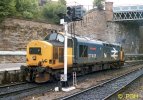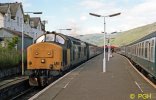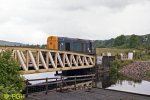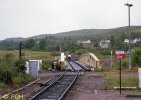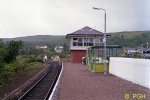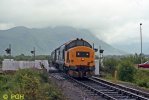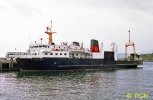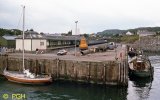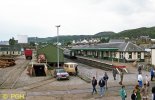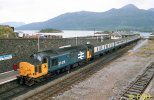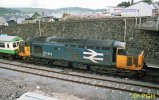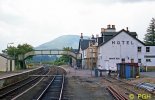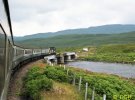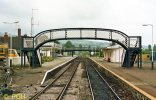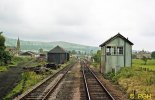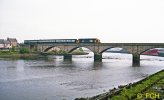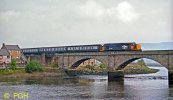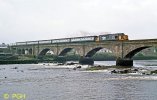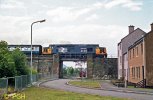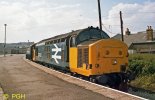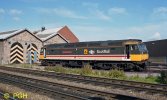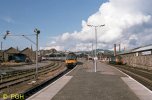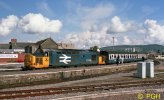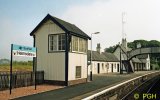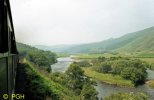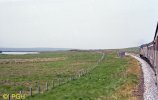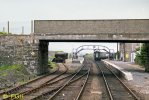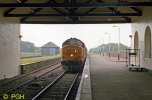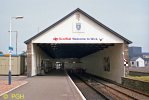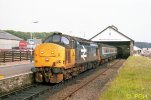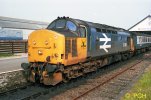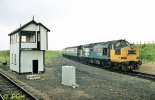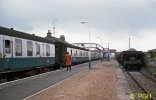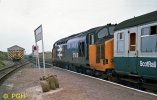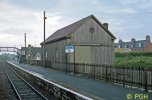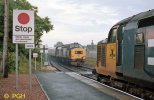
WABANA a Drewry loco built by subcontractor Robert Stephenson & Hawthorn and supplied new to Rea in 1953. Wabana was an iron ore exporting port in Newfoundland. Rea had a total of 5 similar Drewry 0-4-0DM locos, built either by RSH or Vulcan Foundry as subcontractors.
The design originates from a locomotive supplied by Drewry to the LMS in 1934 when they were investigating the potential of diesel locos for shunting operations and bought several types from different builders for trials. This loco became LMS 7050, was sold to the War Department in 1943 and is now preserved at the National Railway Museum.

NARVIK another Drewry loco, this time built at the Vulcan Foundry Works in Newton-le-Willows and supplied new to Rea in 1953. Narvik is an iron ore exporting port in Norway.
This was an 0-6-0 version of the previous loco and the first example was built in 1947 and sent on trial to the LNER who declined to purchase. However it was later purchased by BR Southern Region for departmental use. Similar locos were purchased by BR from 1952 and became Class 04 with a total class number of 142. Later BR locos had a cab with larger side windows and a more curved roof, also wheel dia. was increased from 3'-3" to 3'-6" and 3'-7".
Note that unlike the BR examples NARVIK has flangeless centre wheels and has acquired rather unusual rubber front buffers.

PEPEL supplied new by Drewry in 1955 and built by Robert Stephenson & Hawthorn. Pepel was an ore exporting port in Sierra Leone. This loco has the later cab as fitted to BR locos but retains the 3'‑3" dia. wheels.

DOROTHY LIGHTFOOT (no idea who she was) one of two similar locos supplied by Drewry in 1963 after they acquired the majority of shares in E.E.Baguley Ltd., the locos being built at Baguley's works in Burton-on-Trent. These are 195hp locos compared to 153hp of the earlier 0-4-0s and 204hp of the 0-6-0s.

Photographed in September 1980 at Rea's Duke Street Wharf are left to right: W.H.SALTHOUSE, WABANA and THESEUS





























